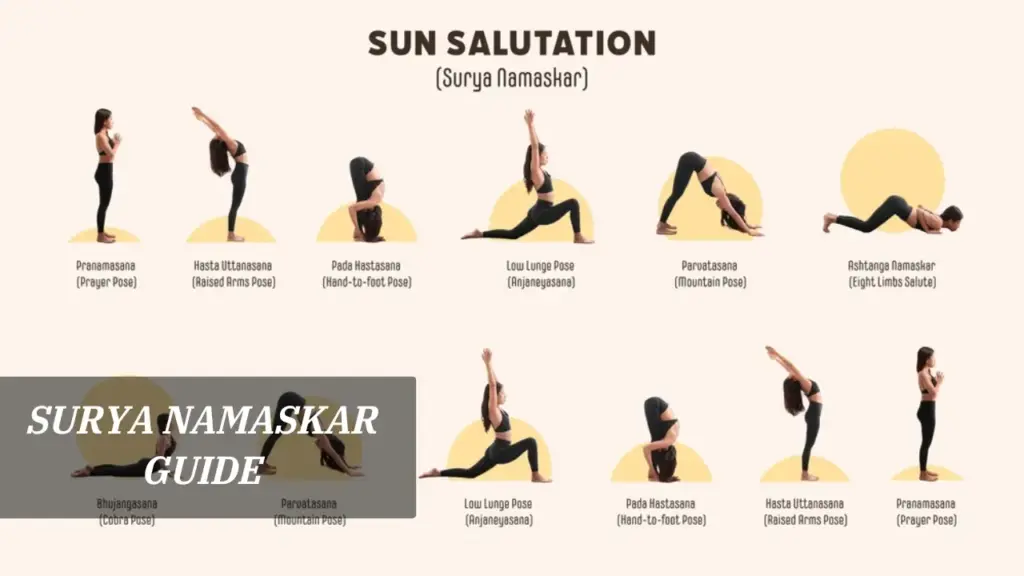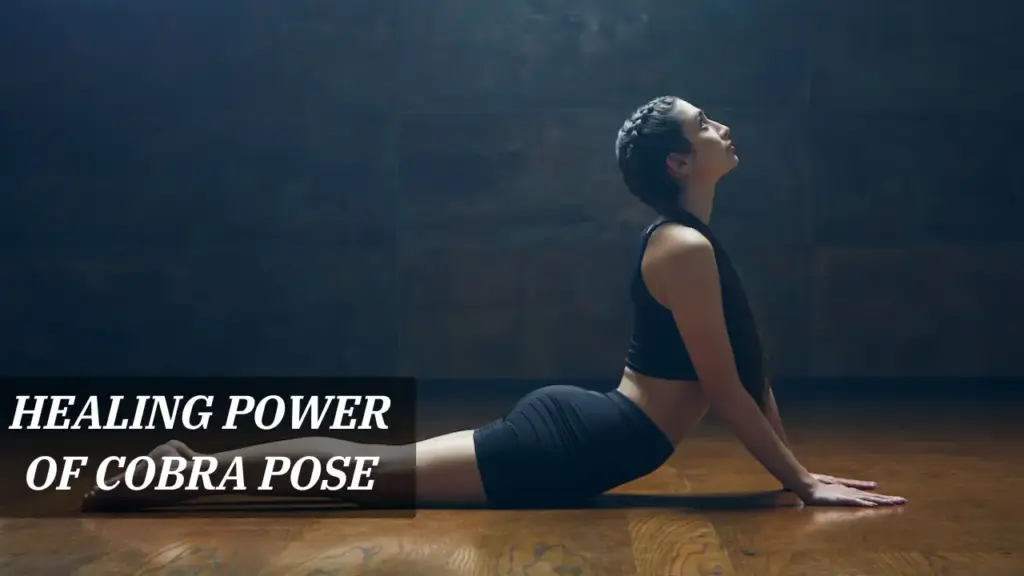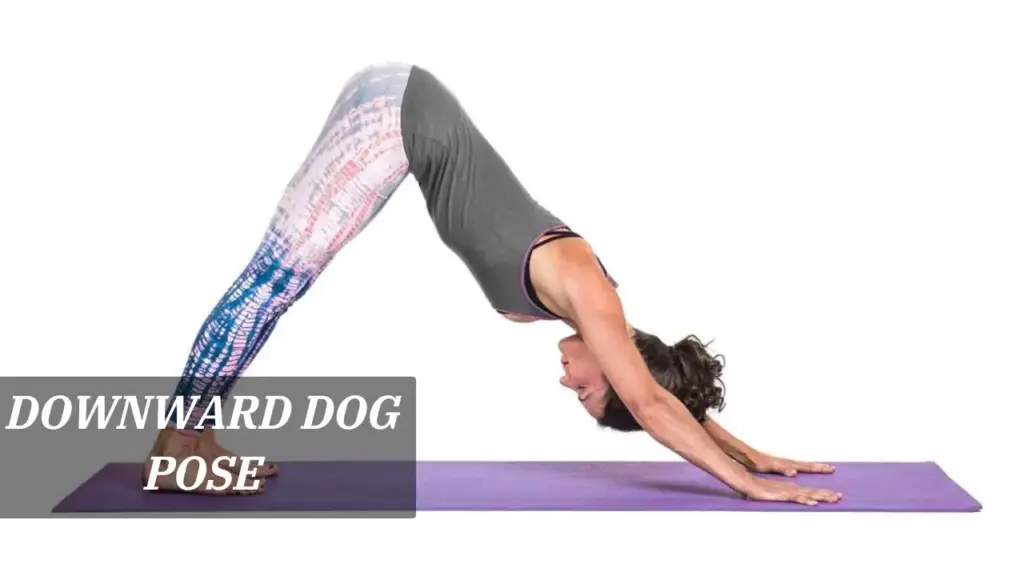Sun Salutation, or Surya Namaskar, is a powerful sequence of yoga poses that promotes flexibility, strength, and balance. It’s an ancient practice that pays homage to the sun, which is seen as the source of energy and life. Whether you’re a beginner or an experienced yogi, incorporating Surya Namaskar into your daily routine can significantly enhance your physical and mental well-being. This pose sequence stretches and tones the entire body, making it a perfect way to start or end your day.
Discover More : Achieve Complete Body Flexibility with These Essential Yoga Poses for a Full-Body Stretch
In this article, you’ll find a detailed step-by-step guide to practicing Surya Namaskar. We’ll cover each pose in detail, explain its benefits, and provide tips to help you perform the sequence with ease. By the end of this article, you’ll have a clear understanding of how to execute each step of the Sun Salutation, empowering you to make it a meaningful part of your yoga routine.
Step 1: Prayer Pose (Pranamasana)
Begin by standing at the edge of your mat with your feet together. Bring your palms together in front of your chest, adopting the prayer position. Close your eyes, focus on your breath, and set an intention for your practice. This pose prepares the body and mind, fostering a calm and focused state.
Discover More : Mastering the Warrior II Pose: Achieve Perfect Balance, Strength, and Stability with These Key Tips
Step 2: Raised Arms Pose (Hasta Uttanasana)
Inhale deeply as you raise your arms above your head and gently arch your back, pushing your chest forward. This pose stretches the arms, shoulders, and spine, enhancing flexibility. Keep your legs strong, grounding down through your feet to maintain balance.
Step 3: Forward Bend (Uttanasana)
Exhale and bend forward, bringing your hands to the floor beside your feet. If needed, keep a slight bend in the knees to avoid strain. Forward Bend stretches the hamstrings and back, promoting relaxation and flexibility in the spine.
Step 4: Equestrian Pose (Ashwa Sanchalanasana)
Inhale as you step your right foot back, placing it behind you while keeping the left knee bent. Keep your fingertips on the floor, and look slightly forward. This pose opens up the hips and stretches the legs, enhancing balance and stability.
Step 5: Plank Pose (Phalakasana)
Step your left foot back to meet the right, aligning your body in a straight line from head to heels. Engage your core to support the spine and avoid sagging your hips. Plank Pose strengthens the core, arms, and shoulders, building stability and endurance.
Step 6: Eight Limbs Pose (Ashtanga Namaskara)
Lower your knees, chest, and chin to the floor while keeping your hips raised. This pose activates multiple muscle groups and prepares the body for the backbend to follow.
Step 7: Cobra Pose (Bhujangasana)
Inhale and slide forward into Cobra Pose, lifting your chest and pressing your palms into the mat. This gentle backbend stretches the spine, chest, and shoulders, promoting a flexible and strong back.
Discover More : Creating Your Perfect Yoga Routine at Home: A Beginner’s Guide to Building Consistency and Confidence
Step 8: Downward Dog (Adho Mukha Svanasana)
Exhale as you lift your hips, forming an inverted “V” shape. Downward Dog stretches the entire back, strengthens the arms and legs, and promotes relaxation.
Step 9: Equestrian Pose (Repeat on Left Side)
Step your right foot forward, repeating the Equestrian Pose on the left side. This keeps the sequence balanced and targets both sides of the body equally.
Step 10: Forward Bend (Repeat)
Bring your left foot forward to meet the right, returning to Forward Bend. Let your head relax and feel the stretch along your legs and back.
Step 11: Raised Arms Pose (Repeat)
Inhale as you rise back up with your arms extended, arching slightly backward as you reach upwards. This opens the chest and helps in achieving a balanced, grounded stance.
Step 12: Return to Prayer Pose
Exhale, bringing your palms together in front of your chest in Prayer Pose. Take a moment to reflect and appreciate the energy you’ve cultivated through this practice.
Incorporating Sun Salutation into your daily routine is a great way to improve flexibility, tone muscles, and center the mind. With each round of Surya Namaskar, you’ll feel more energized, calm, and ready to embrace the day ahead.
Discover More : Ultimate Guide for Your First Yoga Class: Key Tips to Start Your Journey Confidently


